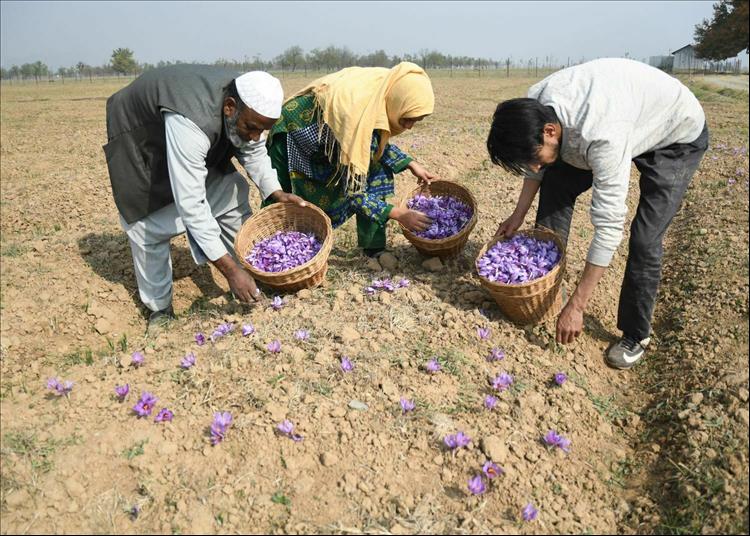
The Paradox Of Prosperity In Kashmir
File Photo: Abid Bhat / KO
By Malik Daniyal
Recently, I had the chance to sit down with a respected politician from Kashmir. Our conversation ranged across politics, society, and, most of all, the economy. It was thoughtful, raising questions that, in their simplicity, go straight to the heart of what growth and dignity mean for ordinary people.
The first issue was deceptively simple: why are land prices in Kashmir so high? He asked whether these prices were driven by demand or by limited supply. On paper, land should behave like any other commodity. When demand drops, prices stabilize. And when economic conditions worsen, prices should even fall.
But in Kashmir, the opposite happens. Inflation climbs, businesses slow, people spend less and save more, and land prices keep rising.
This paradox exposes structural flaws in the economy. Speculation plays a major role. For those with disposable wealth, land feels safe and tangible, especially when other investments, like stocks, businesses, ventures, seem risky.
Add to this the rigid supply of land, shaped by geography, regulation, and bureaucratic bottlenecks, and prices face relentless upward pressure.
A stagnant economy with limited investment options ironically fuels a land boom, pushing ordinary families out of property ownership.
But while households tighten belts and businesses scale down, land continues to defy logic. It exposes systemic gaps: weak regulation, opaque markets, and speculative capital flows. Land becomes both a symbol and a symptom of an economy where wealth concentrates, affordability vanishes, and opportunity narrows.
Our conversation then turned to the cost of money. Why is borrowing so expensive in India? Why is credit still hard to access for ordinary citizens and businesses, even as the country proudly claims to be the fourth-largest economy in the world?
The cost of money shapes ambition. It determines whether entrepreneurs take risks, shopkeepers expand, or families borrow for homes, education, or investment.
Small businesses in Kashmir feel this acutely: loans for equipment or seasonal needs come with interest that eats away already thin margins. High borrowing costs discourage aspiration, trapping people in survival rather than growth.
We discussed a technical concept: the money multiplier, as explained by economist Richard Verner. In theory, central bank liquidity should flow through banks, multiplying and spreading credit widely, fueling economic activity. But high borrowing costs weaken this multiplier. Money exists on paper, in bank reserves, but rarely reaches those who need it most. Entrepreneurs hesitate, banks tighten assessments, and households retreat. Macro indicators show liquidity, but micro reality shows scarcity.
This gap raises a deeper question: what does it mean to be the fourth-largest economy? GDP figures and capital markets tell one story, everyday citizens often tell another. If credit remains inaccessible, borrowing costly, and land unattainable, where does growth actually reside?

Legal Disclaimer:
MENAFN provides the
information “as is” without warranty of any kind. We do not accept
any responsibility or liability for the accuracy, content, images,
videos, licenses, completeness, legality, or reliability of the information
contained in this article. If you have any complaints or copyright
issues related to this article, kindly contact the provider above.


















Comments
No comment